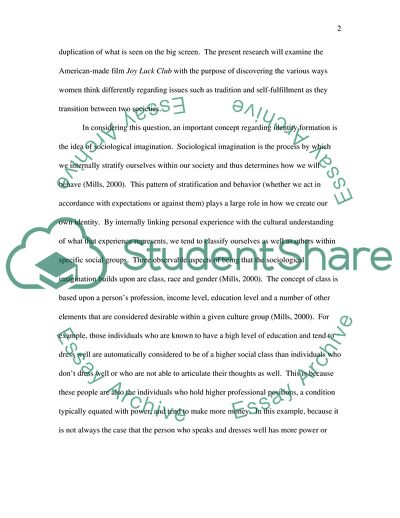Cite this document
(Female Identity as a Cultural Process Research Paper, n.d.)
Female Identity as a Cultural Process Research Paper. https://studentshare.org/sociology/1734071-the-joy-luck-club-film-review
Female Identity as a Cultural Process Research Paper. https://studentshare.org/sociology/1734071-the-joy-luck-club-film-review
(Female Identity As a Cultural Process Research Paper)
Female Identity As a Cultural Process Research Paper. https://studentshare.org/sociology/1734071-the-joy-luck-club-film-review.
Female Identity As a Cultural Process Research Paper. https://studentshare.org/sociology/1734071-the-joy-luck-club-film-review.
“Female Identity As a Cultural Process Research Paper”. https://studentshare.org/sociology/1734071-the-joy-luck-club-film-review.


